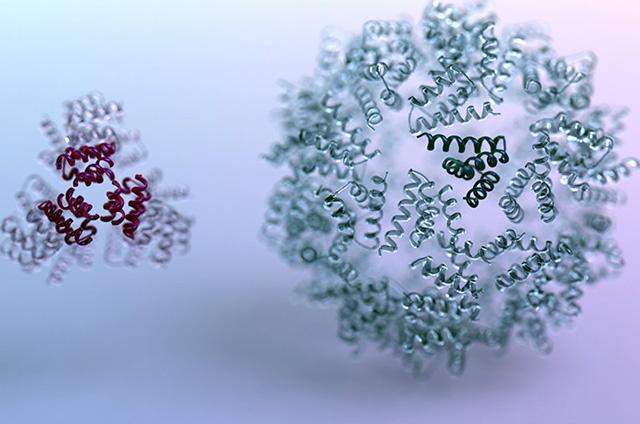
some more text

some more text


-
Scientists Develop Higher-performance Fuels, Biofuels and Bioproducts
Researchers at the Joint BioEnergy Institute (JBEI) and the Advanced Biofuels & Bioproducts Process Development Unit (ABPDU), part of the Biological Systems and Engineering (BSE) Division, have developed a new polyketide synthase-based platform and prototyped efficient production of potential biofuels, gasoline additives, and commodity chemicals.
Read the article -
Building Standards for Neurophysiology Data
Researchers from Berkeley Lab and the Allen Institute for Brain Science will receive $2 million from the National Institutes of Health (NIH) to develop a next-generation data format and software ecosystem for the Neurodata Without Borders: Neurophysiology (NWB:N) project. With funding from the Kavli Foundation, Berkeley Lab scientists Oliver Ruebel and Andrew Tritt in the Computational Research Division and Kristofer Bouchard in the Biological Systems and Engineering Division led the development of the beta version of NWB:N 2.0, and will continue to advance the development of NWB:N as part of the NIH BRAIN Initiative. Berkeley Lab’s leadership in the NWB:N…
Read the article -
Metabolic Engineering of Lipids Improves the Respiratory Function of Biofuels and Bioproducts Hosts
While much is known about how enzymes and molecules are involved in cellular respiration, the understanding of the respiration system as a whole remains limited. Researchers at the Department of Energy (DOE)’s Joint BioEnergy Institute (JBEI) have gained insight into how cellular respiration is affected by the membrane environment in which it occurs. By engineering lipid synthesis to carefully control the membrane composition, researchers found that lipids, which consist of fatty acid molecules and determine membrane viscosity, also tightly control the rate of bacterial and yeast respiration. As lipid synthesis in these hosts is often engineered in order to produce…
Read the article -
Biosciences Researchers Take Part in DOE’s Energy I-Corps Program
Two teams of Biosciences Area researchers are representing Berkeley Lab as part of cohort eight of the U.S. Department of Energy’s I-Corps program, an intensive two-month training course that pairs national laboratory researchers with industry mentors to develop viable market pathways for their technologies. The teams, led by Deepti Tanjore and Esther Singer, presented their projects during the opening session held October 1–5 in Golden, Colorado.
Read the article -
Normal is Good: Breast Cells Produced in Novel Media Resemble Those In Vivo
When studying human cells in a laboratory, it is important that the media, or the broth that bathes the cells, contains all of the nutrients necessary to support cells through their normal growth and division phases even though they are outside of the body. Bioscientists at Berkeley Lab have a long history of studying breast cancer, and Martha Stampfer, senior scientist in the Biological Systems & Engineering (BSE) Division, has spent decades developing media now widely used by the community. Today, PLOS ONE published a study describing a comprehensive analysis of three kinds of media used to grow human mammary…
Read the article







